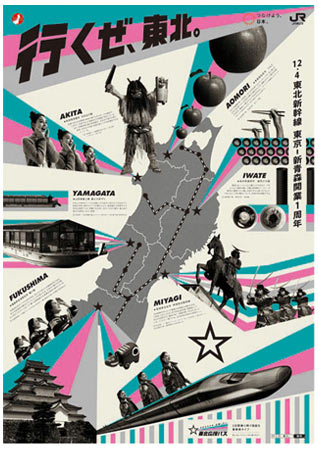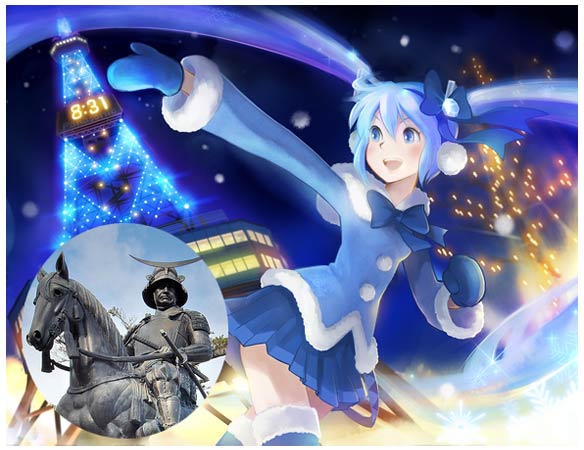For the past few months I’ve been seeing those awesomely-designed advertisements promoting tourism in Japan’s northern Tohoku region, damaged so terribly by Great East Japan Earthquake and subsequent tsunamis. A year on and the area is still struggling to recover, with much left to be done, including deciding where to put the mountains of debris left over from the destroyed cities. One important aspect of rebuilding is getting tourists to return, including overseas visitors, who have dropped off sharply compared with previous years. Starting today I’m taking one of my random trips with my son to Hokkaido and Tohoku, where we’ll go sightseeing in some of Japan’s most beautiful areas and spend money on omiyage (oh-mee-YAH-gay), gifts and souvenirs for the J-List staff, to help the region economically. We’ll be taking the Cassiopeia, a famous sleeping-car train I’ve always wanted to ride, visiting Sapporo, Hakodate, Aomori, Iwate and Sendai. We both love onsen, Japan’s volcanic hot springs, and will be taking more than a few baths during our trip. If you want to follow my adventure, follow me on Twitter, Facebook or Tumblr.
There are eight defined regions in Japan: southernmost island of Kyushu; Shikoku, Japan’s 4th largest island; Chugoku, where Hiroshima is located, confusing since it’s written with characters that also mean China; the amusingly named Kinki Region, home of Osaka, Kyoto and Kobe; Chubu (Nagoya), where Toyotas are built; Kanto (Tokyo, Yokoyama and J-List’s home prefecture of Gunma); cold, windswept Tohoku; and Hokkaido, where most fresh dairy products come from. While Tohoku hasn’t exactly been at the center of Japan’s history, being far from the political centers of Nara, Kyoto and Edo (Tokyo), it has contributed much to Japan’s development. The city of Aizu, in Fukushima, saw one of the most interesting battles of the war between the Tokugawa Shogun’s forces and the new pro-Emperor Meiji government, during which 19 young samurai fighting on the shogun’s side committed ritual suicide rather than submit to change. Tohoku is where the Ainu — Japan’s aboriginal inhabitants — lived, and they left their mark in the form of strange place-names that no one from outside the region can read.

I’m making a trip to Tohoku for tourism and hot springs.















